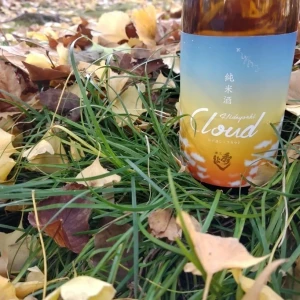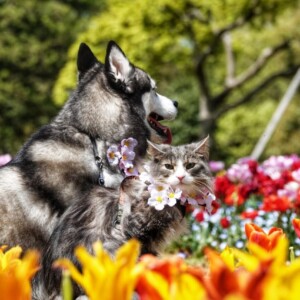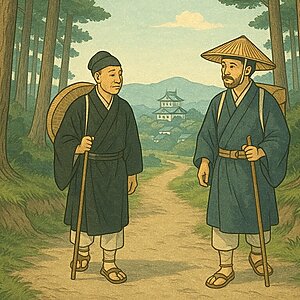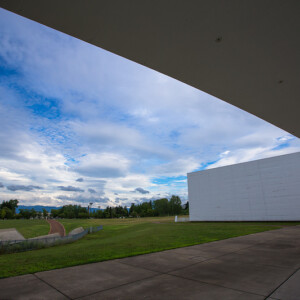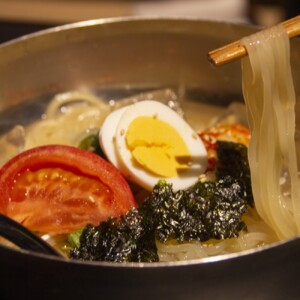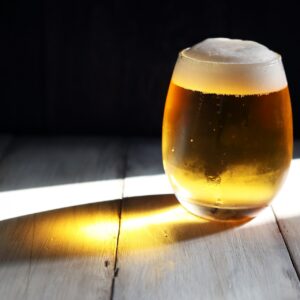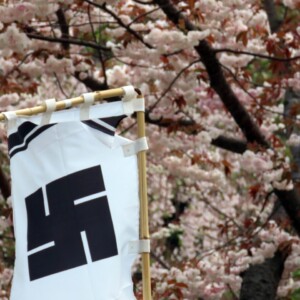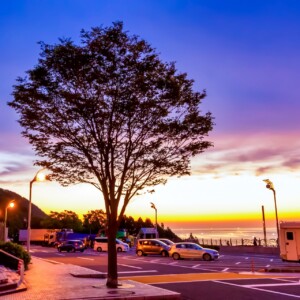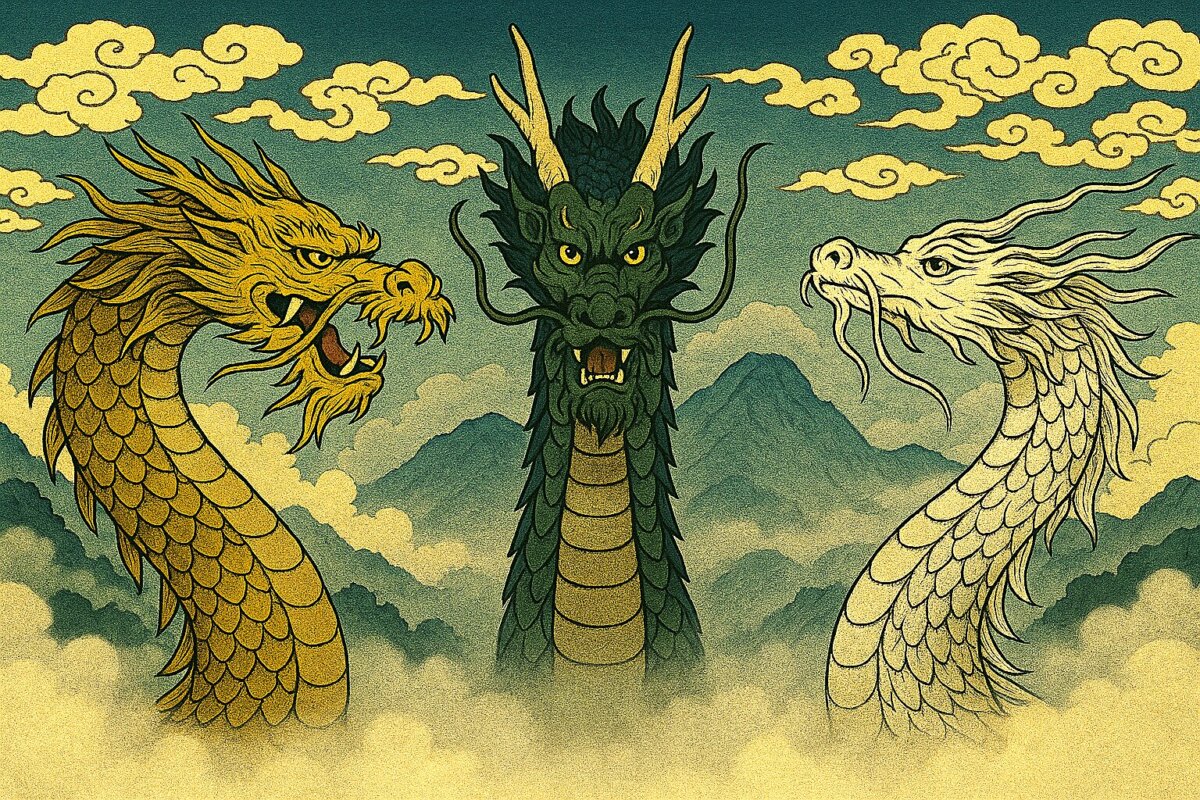
[Legend of the Three Lakes in Northeastern North: Part 1] Do you know about the magnificent folklore "Legend of the Three Lakes," which lies in the three prefectures?
table of contents
- 1 What's important when unraveling the "Legend of the Three Lakes"
- 2 The legend of the Three Lakes is the story of the dragon god who lives in Hachirogata, Lake Towada, and Lake Tazawa
- 2.1 Hachirotaro becomes the dragon god
- 2.2 Fighting over Nansobo for the position of the Lord of Lake Towada
- 2.3 Hachirotaro, who has been defeated, wanders around the country and arrives at Hachirogata.
- 2.4 At Lake Tazawa, Tatsuko becomes the Dragon God
- 2.5 Hachirotaro hears rumors about Tatsuko and visits Lake Tazawa
- 3 Is the legend of the Three Lakes a story that combines legends that were originally separate?
- 4 There is a story that appears to have been the basis for the "Legend of the Three Lakes" during the Muromachi period.
- 5 summary
The great nature of the northeastern north, spanning Aomori, Akita, and Iwate, has been passed down from ancient times to mysterious legends. Among them is a grand folklore known as the "Legend of the Three Lakes."
The setting is Hachirogata and Lake Tazawa Lake Towada , which spans Aomori and Akita Prefectures . There is a story about the dragon gods who are said to live in these three lakes, meet, fight, and connect.
Furthermore, in various parts of the northeastern north, which also involves Iwate Prefecture, there are side stories such as the tale of the Dragon God's Journey, making it a major legend that makes it difficult to grasp the full story.
However, this story was not a single story surrounding the Three Lakes from the beginning, but rather a story that was originally told in separate places and was completed in later generations.
This time, the "Legend of Three Lakes" as much as possible.
What's important when unraveling the "Legend of the Three Lakes"
The Legend of the Three Lakes a story that is hard to believe is a local folklore , but it is thought to be a story that is not originally a single story, but rather a fusion of stories that were independently passed down in various places, and are fleshed out more and more over time, and is still evolving today .
The more I looked into it, the more information I looked into it, and the more I became confused. please understand that the premise is "The Legend of the Three Lakes is based on folklore that does not have historical evidence and contains various contradictions." For example, include:
- Originally it was an independent tradition that was passed down all over the country.
- There are also vague oral traditions.
- Each reference has different details of the story and character names.
- In the tradition that has continued for hundreds of years, researchers from each era have accumulated unique considerations and interpretations.
- There is also a story where characters from unrelated legends are replaced with characters from the Three Lakes legend.
- It was rewritten as a retelling literature around the Taisho and Showa periods.
- Creation and expansion through sightseeing promotions and folk tale picture books
...These various phenomena are intricately intertwined, so the true form of the story is in the fog. This article is merely a unique consideration that I have researched and understood.
The legend of the Three Lakes is the story of the dragon god who lives in Hachirogata, Lake Towada, and Lake Tazawa
the legend of Three Lakes is as follows.
Hachirotaro becomes the dragon god
A long time ago, there was a strong young man named Hachirotaro, who was over 6 feet tall (about 180 cm).
One day, Hachirotaro headed deep into the mountains of Towada with his friends to peel off the bark of a tree called "Mada."
Hachirotaro, who was the cook, caught three char and started skewers, but he was hungry and ate his own portion first. Hachirotaro couldn't stop eating the char from the deliciousness of his friends.
After a while, he began to thirst and was unable to drink the water he had, so he puts his face on the stream and starts drinking it. No matter how much you drink, your thirst won't quench, and Hachirotaro, feeling uncomfortable, peering into his reflection on the surface of the water.
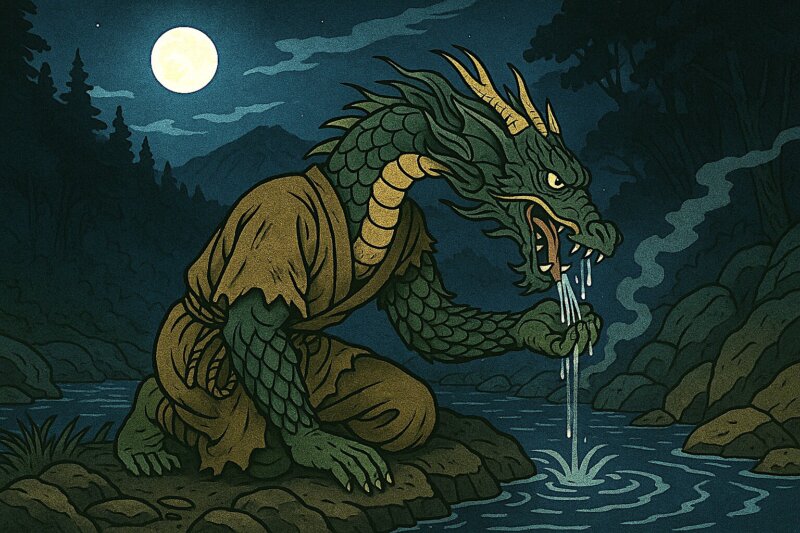
Then there was a dragon covered in scales. Hachirotaro had become a dragon.
Their friends were surprised when they returned, but they couldn't go back to the village together, so Hachirotaro parted ways with them crying, and began living in Lake Towada, a lake they had built by stopping the flow of the stream.
Fighting over Nansobo for the position of the Lord of Lake Towada
After a while, Hachirotaro became the main character, a monk named Nansobo came to Lake Towada. This monk, from the southern part of the country (now Iwate Prefecture), was training in Kishu Kumano when he was given an iron sash and a staff from Gongen, and he told him, "Wear these and go around the nations and make a place where the grass has broken into pieces," and as he told him, he lost the iron sash as he told him.
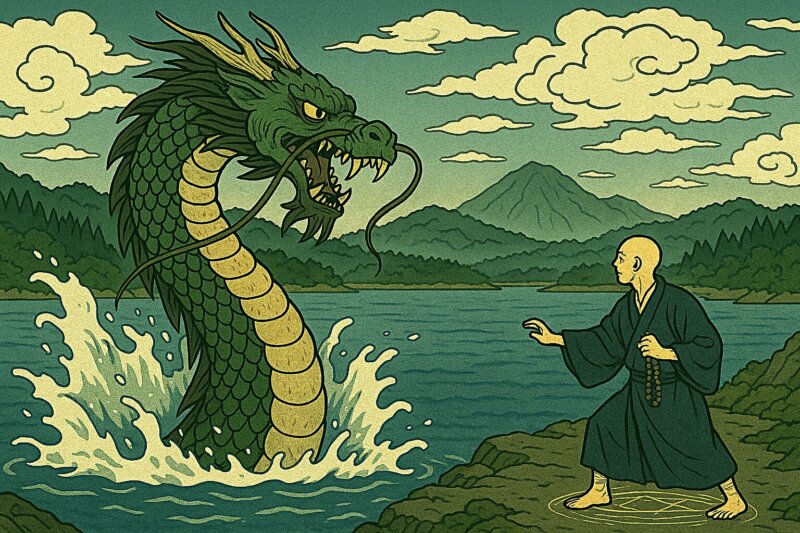
Nansobo was trying to make Lake Towada a permanent residence, but Hachirotaro already lives there. The two were to compete for the seat of the Lake Lord, and after a battle that lasted seven days and seven nights, it was Nanzobo who was the winner. Hachirotaro, who has lost his place, wanders westward in search of a place to rest.
The winner, Nansobo, also entered Lake Towada, transformed into a dragon god, and became the master of this land.
Hachirotaro, who has been defeated, wanders around the country and arrives at Hachirogata.
Hachirotaro heads westward as he descends the Yoneshiro River, and tries to stay in various places, but each time he is chased by the gods of his native land. Hachirotaro hears that there is a good land in the south, and now he flows towards the south.
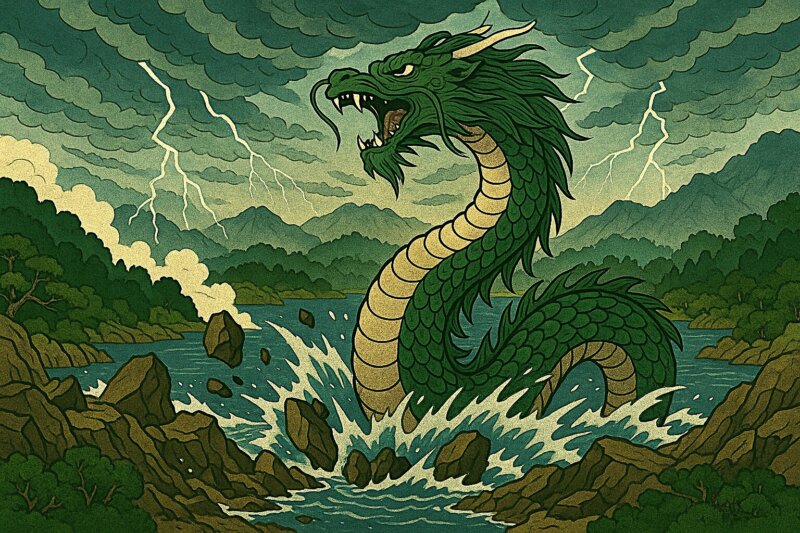
When you finally reach your destination and tell the people around you that you are building a lake, the land breaks, bringing in large waters and creating a lake in the blink of an eye. This is how Hachirogata was created, and Hachirotaro settled as the main lake.
At Lake Tazawa, Tatsuko becomes the Dragon God
At that time, a beautiful girl named Tatsuko lived around Lake Tazawa. Tatsuko hopes to make her youth and beauty eternal, so she visits Kannondo and makes a wish every night.
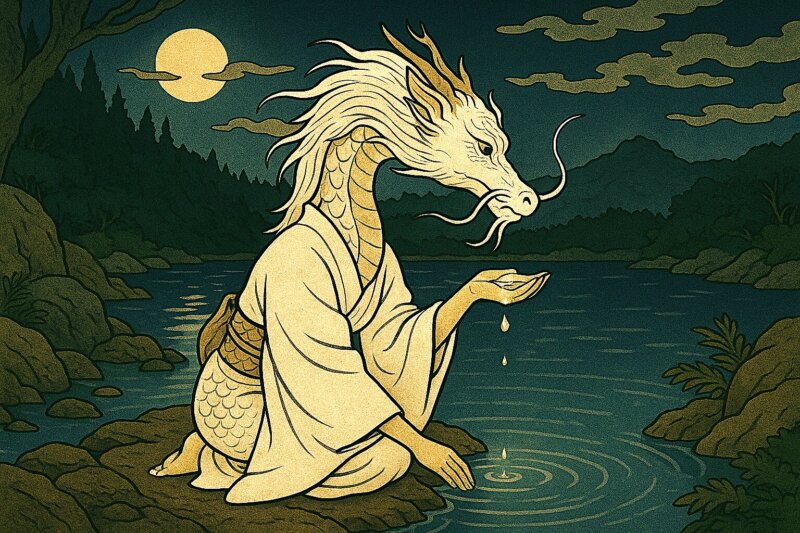
He was then told that on the day he was fulfilled on the 100th day, he was shown that "If you drink the water from the spring near Lake Tazawa, you will be able to achieve eternal beauty." As Tatsuko told her, she found the spring and drank water, and Tatsuko's appearance changed to a dragon.
Worried about Tatsuko, who won't return home for days, her mother finds Tatsuko, who has become a dragon, on the shore of Lake Tazawa. However, Tatsuko, who could no longer return to her house, broke up with her mother, and when she lived in Lake Tazawa, she became the owner of this area.
Hachirotaro hears rumors about Tatsuko and visits Lake Tazawa
A while later, Hachirotaro hears rumors about Tatsuko from Lake Tazawa from migratory birds that have come to Hachirogata. Then he visited Lake Tazawa to meet Tatsuko, and Tatsuko was delighted at the visit and accepted Hachirotaro's feelings.
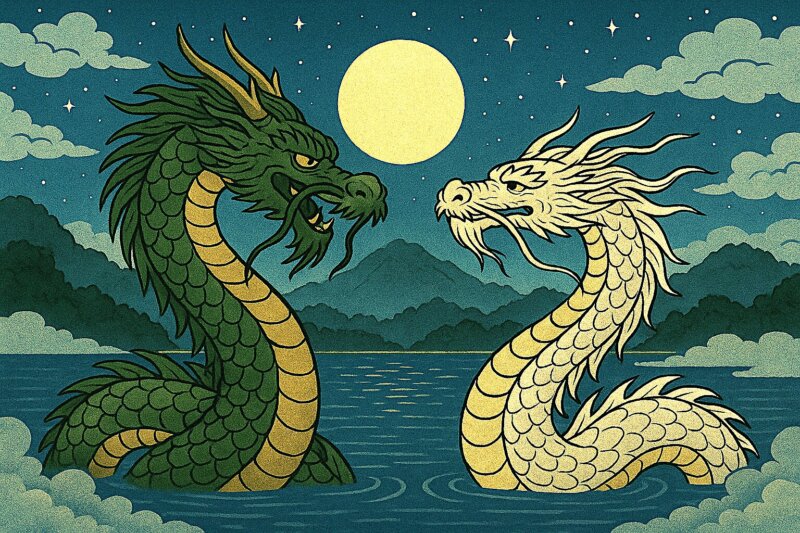
Since then, Hachirotaro has visited Lake Tazawa every winter and has begun living with Tatsuko. This is said that Hachirogata became frozen in the winter when the Lord was away, and Lake Tazawa, where Hachirotaro and Princess Tatsuko live, lived, continued to grow deeper in winter without freezing.
Is the legend of the Three Lakes a story that combines legends that were originally separate?
The above is the story that will become the pillar of the legendary Three Lakes, but this is originally
- A young man named Hachirotaro became a dragon god and became the master of Hachirogata.
- After training, a monk named Nansobo entered Lake Towada and became enshrined as Towada Seiryu Gongen.
- A beautiful woman named Tatsuko became a dragon god, seeking eternal beauty and became the master of Lake Tazawa.
At some point, independent folklore that is told in each of the locals has been fused and adapted and told as a single story. It seems that this is possible.
In fact, the term "Legend of Three Lakes" has not been confirmed in literature before the Edo period, and the term began to spread in local history, tourist materials, and children's literature from the late Showa period to the early Heisei period. It is thought to be the case.
There is a story that appears to have been the basis for the "Legend of the Three Lakes" during the Muromachi period.
In the collection of legends "The Three Kingdoms Biography," which is said to have been created by a person called Genbun during the Muromachi period, there is a story that appears to have been the basis for the legend of the Three Lakes.
In the middle of the day, there was a person who owned a Lotus called Shakumanzo, around Banshu Shoshayama. He was a devoted Kumano Gongen fan with a visit of 30 degrees, but he hoped to meet Miroku's birth while still alive, so he prayed for three years to pray, and on the night of the thousandth day, he said, "If he immediately heads down to Kanto and lives on the mountains of Words on the border between Hitachi and Dewa, he would be worthy of a life under Miroku." I immediately went to the mountain and found a circular, unfathomable pond at the top. While reciting the Lotus Sutra on the shore, women from 18 and 9 appear every day to hear them in 2018. As Kanzo was wondering, the woman said, "I would like you to come to my residence and recite the Lotus for sentient beings." When Nanzo refused, "I am waiting for Maitreya to be born here, so I cannot go elsewhere," the woman replied, "I am the dragon woman who is the master of this pond. A dragon is a creature that has lived long enough to meet the birth of thousands of Buddhas in her lifetime, so why don't you become a husband and wife with me and wait for Maitreya to live?' Kanzo thought, "I see," and decided to live in the pond with the woman. One day, the woman said, "The eight-headed snake in the pond on the mountain of Ukano, which is located in the Sanri-west of this mountain, is my wife, and I live in the pond on the upper 15th of January, and come to this pond on the lower 15th, so it's about time I'm coming." Without even a bit of a timidity, Kanzo placed volume 8 of the Lotus Sutra overhead. The figure of the Kanzo immediately transformed into a Kuzuryu, and on the seventh day, the eight-headed snake lost and tried to enter the ocean, but a large pine tree formed and got in the way, and his spirit ran out and became small, and entered the original Nuka pond. Even today, when I listen carefully to both the ponds, I can hear the voices of sutras being chanted under the waves.
Of course, there are many different aspects, but the words that appear in the story are
- Explanation of the Great Barley > Nansobo
- The Eight-Headed Snake > Hachirotaro
- Dragon Girl > Tatsuko
- A circular, miserable pond > Lake Towada or Lake Tazawa
- Nuka no Ike > Hachirogata
If you replace it with this, you can see that the story is very similar.
Others too
- "Collection of Direct Confessions" (1585): An anecdote of similar structures in the commentary on the Lotus Sutra that is passed down in Nikko Rinnoji Temple
- "Tsugaru Ichitoshi" (1727): A historical book of the Tsugaru Domain. It contains records of Nanzobo, who "drifted out the Hachiryu and entered Lake Towada."
There are literature such as:
Consideration of the Edo period traveler Sugae Masumi
The following is also a consideration of the Edo period traveler Sugae Masumi
In Ihatenoyama, Sugae Masumi writes about the legend that the Minami-class monk at Eifukuji Temple in Morioka drove Hachirotaro out, and follows the story of "Don't they have a bit of a bit of a bit of a thing," and then details this story from "The Three Kingdoms Biography." However, Masumi also was unable to agree with the positional relationship between the mountains of Kotoryo, and rewrites the mountains of Kotoryo as "the border between Mutsu and Dewa," and he emphasizes that Mutsu and Hitachi are incorrectly written, and estimates that Kotoryo is Lake Towada and Nuka is "Yatsu Koda" (Hakkoda). Later, in "Tokugaku Lake," Masumi actually went to Lake Towada after traveling around Akita, he deleted "Gonryo" and recalled "Nukai" as a lake of "Shada" (Akita). As a result, the first lake is not spoken, making it clear that it is actually Lake Towada, and that the latter lake is Hachirogata.
The description in Genbun's collection of stories, "The Mountain of Words and Words at the border between Hitachi and Dewa" is a country that does not have a border in the first place, so there is no such thing. Therefore, it is entirely possible that this tale was created by Genju adding some level of creativity to his own knowledge.
However, Sugae Masumi then conducted a peripheral investigation, corrected what appears to be a mistake, and left behind his own inferences, replacing it with something else. It is said that a re-correction was made after actually visiting Lake Towada.
Sugae Masumi was likely involved in the "systematization" of the Three Lakes legend
In other words, Sugae Masumi raised the agenda about the relationship between the Three Kingdoms and this place, and actually visited the site to consider specific topography and leave records, and then later people from the era " continuing on Sugae Masumi's considerations systematized the legend of Sankoku, combining legends passed down from various places with the Three Kingdoms, as a cohesive story. It is thought to be the case.
summary
I was able to sort it out for some reason, "Isn't this what it is?", but in the end I was unable to reach the true form of the "Legend of the Three Lakes."
And ultimately, I came to the idea that "Isn't it important to purely enjoy stories that evolve over time First of all, a "dragon" appears.
In the second part, we will introduce various side stories that flesh out the "Legend of the Three Lakes" scattered throughout the north and northeastern north!



![[Legend of the Three Lakes of Northeastern North: Part 2] Side stories that are passed down in various places that flesh out the story The Legend of the Three Lakes - Hachirotaro Traveling](https://jp.neft.asia/wp-content/uploads/2025/05/6bd222ba06b53236df3f5866cee7e995-150x150.jpg)
!["Kimimachisaka" associated with the sacred mountain "Nanazazan" and Emperor Meiji [Noshiro City, Akita Prefecture] Large meanders of Mt. Nanaza and Yoneshiro River from "Kimimachisaka" ©Lande](https://jp.neft.asia/wp-content/uploads/2025/03/c82d28e8ff01c6b9e2bcdd82736af888-1-150x150.jpg)
!["Honkai Lion Dance Banraku" is a folk entertainment that has been handed down for 400 years [Yurihonjo City, Akita Prefecture] 5 Great Sea Lion Dance](https://jp.neft.asia/wp-content/uploads/2025/03/0215ff7aa0e94eddc6dff8713d12e83b-150x150.jpg)

!["I ate 28!" Do you know Akita's famous sweet "Kinman"? [Akita Prefecture] k01](https://jp.neft.asia/wp-content/uploads/2017/05/k01-150x150.png)
![Do you know about Tsugaru's traditional party goods, "Potatoes"? [Aomori Prefecture] Potato guess](https://jp.neft.asia/wp-content/uploads/2023/10/PXL_20230714_041233615-150x150.jpg)

